Kon Brap Ju village is a long-standing settlement of the Ba Na people (Gio Lang group), and Kon Bieu village is a gathering place of the Xo Dang people (To Dra branch).
Connected by a suspension bridge across the Dak Pne River, the people here preserve quite intact their good customs and practices in production and daily life.
Life under the communal house
At noon in March, the roof of the communal house of Kon Brap Ju village soars high, carved into the deep blue sky.
The house of village elder A Jring Deng is located right behind the majestic communal house, with a simple wooden stilt house architecture and tiled roof. At the end of the living room, the fire crackles slowly, gray smoke lingers.
Sitting around the fire, village elder A Jring Deng proudly told us the story of how, during the village’s founding, the inner cultural strength persistently “defeated” the invading Western culture. The villagers of Kon Brap Ju still preserve the traditional cultural values and customs of their people.
The saying "our customs, we must keep" that old man A Jring Deng remembers still governs activities in life.
Until now, in Kon Brap Ju village, people still maintain their good cultural identity in eating, living and dressing. Modern life brings electricity to every house, but in the traditional stilt house of the Ba Na people, the fire is the soul of the house, smoldering and never going out.
Remembering the poor times, when blankets and mosquito nets were scarce, to keep warm, the whole family slept around the fire. Not only that, in agricultural work, after harvesting, agricultural products were stored in the warehouse, and when used, a basket was spread on a tray, dried over the fire for a day and a night.
Only in the last 25-30 years have the Ba Na people changed their way of doing things, harvesting rice and corn is dried in the sun. Therefore, the fire is an important element, bringing warmth to the house.
Showing us a sturdy and carefully woven basket, village elder A Jring Deng happily called it a basket "woven by the man, sewn by the woman".
He said: “In my ethnic group, if a man doesn’t know how to weave, don’t even think about getting married. If a woman doesn’t know how to spin or weave, don’t even think about finding a husband. We weave baskets to go to the forest or the mountains. Depending on the bamboo shoot or rice season, the baskets can hold 35-50kg. Currently, bamboo and rattan weaving is still popular in daily life. The products are mainly sold to villagers or tourists.”
The Ba Na people are holding two national intangible cultural heritages: traditional hand-weaving and the Et Dong festival (also known as the bamboo rat festival) of the Gie Lang group (Ba Na) in Kon Ray district.
Village elder A Jring Deng took us to visit the communal house. Despite the hot and windy Central Highlands, the air inside the communal house was cool.
 |
Village elder A Jring Deng, Kon Brap Ju village. (Photo: KHIEU MINH) |
He shared that the communal house is more than 300 square meters wide, nearly 20 meters high, divided into two; the pillars are made of ca chit wood, the roof is thatched; inside there are many buffalo horns and relics of the people.
The village has 186 households and the communal house is a collective project, the whole village participates in building the house. In this space, Kon Brap Ju villagers organize New Year celebrations, sowing ceremonies, water trough repair ceremonies, Et Dong ceremonies, new rice eating ceremonies, etc.
The village's gong performance team is very active under the leadership of village elder A Jring Deng. With the knowledge of an excellent artisan, he takes on the role of teaching the gong to the younger generation.
Leaving the typical high communal house roof of the Ba Na people, crossing the suspension bridge of Hamlet 5 over the Dak Pne river to Kon Bieu cultural village (Hamlet 4), we visited the Xo Dang ethnic people.
The road to the village is concreted, clean and airy. Through the gate you can see the cool shade of green trees surrounding the communal house and spacious yard.
Like many ethnic minority areas, in the process of building new rural areas, modern and traditional elements are mixed in the common space. Explaining this, village elder Kon Bieu A Hiang said: With improved economic conditions, villagers have renovated their houses, but the traditional stilt houses are still preserved.
Currently, Kon Bieu village has 163 households with more than 500 people, mainly working in agriculture. Villagers still maintain the traditional weaving profession, but only for family use.
Similar to many ethnic groups in the Central Highlands, the communal house is the face of the village, a collective project, built by the villagers with a specific division of labor. Households contribute materials and working days. The unique point is that with just an axe, the artisans chisel, carve wood, split trees, erect pillars, and reinforce the ties with rattan without fixing them with nails.
Although he is knowledgeable and holds the knowledge of building traditional communal houses, he currently does not have the conditions to build new communal houses, so during the renovations and repairs, village elder A Hiang directly guides the villagers to carry out each meticulous step, both ensuring the maximum preservation of the traditional, original features of the communal house and passing on the house-building techniques.
As a public space, traditional customs all take place here, from traditional ceremonies such as welcoming the New Year, clearing fields, burning fields, pruning rice, making roads, new rice, water trough worshiping ceremonies...
Village elder A Hiang said that the number of villagers is increasing. When a family separates from their parents and has their own place to live, according to customary law, when the village has an event, that family must bring wine to the communal house to invite and "report" to the village about the happy event.
In addition, the communal house is also a space for holding village meetings, party cell activities, and discussing common village matters.
In the new rhythm of life, people encouraged each other to donate land to build roads and implement the New Rural Development Program. Thanks to solidarity and working together to improve life every day, Kon Bieu village has achieved new rural standards.
Preserve national cultural identity
Indigenous culture is well preserved but community tourism in Kon Brap Ju and Kon Bieu villages is not yet developed.
Head of the Department of Culture, Science and Information of Kon Ray district Pham Viet Thach said that Kon Brap Ju village was chosen by the district to build a community tourism model, but tourism has not really changed.
Using tourism to preserve culture or using culture as a resource to develop tourism, Kon Ray district still determines sustainable development so as not to destroy the inherent cultural structure.
Home to about 10 ethnic groups with diverse cultural colors, Kon Ray district has 36 communal houses, 16 excellent artisans in folk culture, gongs, musical instruments; diverse festivals associated with the cultural heritage of gongs and communal houses, traditional occupations and folk performing arts... These are abundant cultural resources and assets for local economic and social development.
The participation of village elders and artisans in the role of teaching weaving, sculpture, pottery, epic singing, gong playing, and xoang dancing, and the continuation of the next generation... ensures a continuous flow of culture.
Most importantly, Kon Ray district identifies the communal house as both a symbol of the ethnic groups in the Central Highlands and a unique cultural heritage that needs to be preserved. Therefore, in preserving and restoring the value of the original communal house, the district’s cultural officers regularly propagate and guide ethnic minorities to use available natural resources and community resources for construction.
Since then, traditional festivals, cultural festivals of ethnic groups in Kon Ray district, gong competitions... have been held annually, closely associated with the village space. The structure of the village space has not been lost.
Not only Kon Brap Ju and Kon Bieu villages, but also other villages in Tan Lap commune have strong indigenous cultural imprints.
In the process of development, the eating culture, living culture, and dressing culture of the people are preserved; in which, the communal house, traditional costumes, and gong cultural space are signs of ethnic cultural identity. In the face of the trend of interweaving and interweaving cultural regions, indigenous cultural elements are often blurred.
The solution is to selectively preserve good customs and practices, and preserve original cultural elements against the leveling and flattening of modern lifestyles.
Promoting the role of artisans and communities in the process of self-preserving and self-practicing folk knowledge, without much impact or intervention on cultural elements... then indigenous culture will naturally shine.
Source: https://nhandan.vn/sac-mau-van-hoa-ben-dong-dak-pne-post868526.html




![[Photo] April Festival in Can Tho City](https://vstatic.vietnam.vn/vietnam/resource/IMAGE/2025/4/10/bf5ae82870e648fabfbcc93a25b481ea)
![[Photo] Prime Minister Pham Minh Chinh commends forces supporting Myanmar in overcoming earthquake consequences](https://vstatic.vietnam.vn/vietnam/resource/IMAGE/2025/4/10/e844656d18bd433f913182fbc2f35ec2)
![[Photo] Opening of the 11th Conference of the 13th Party Central Committee](https://vstatic.vietnam.vn/vietnam/resource/IMAGE/2025/4/10/f9e717b67de343d7b687cb419c0829a2)

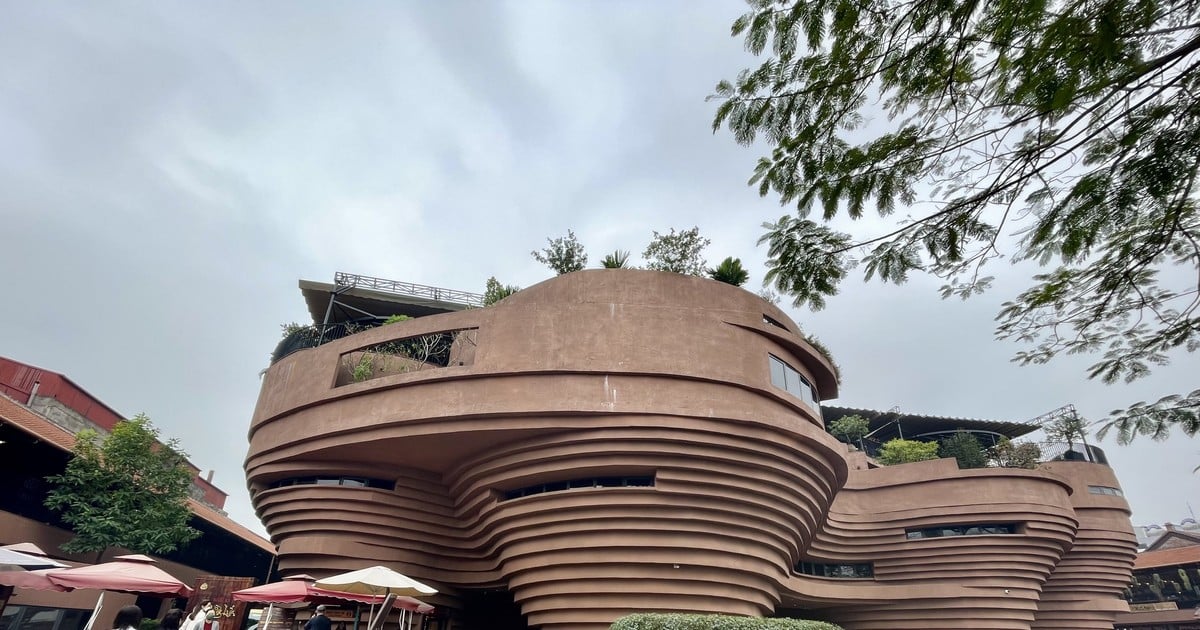
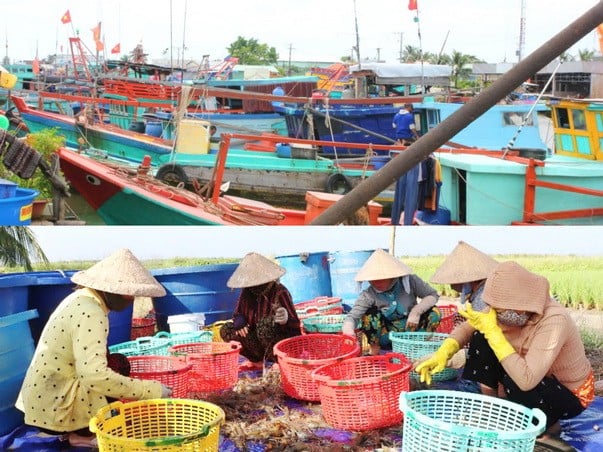

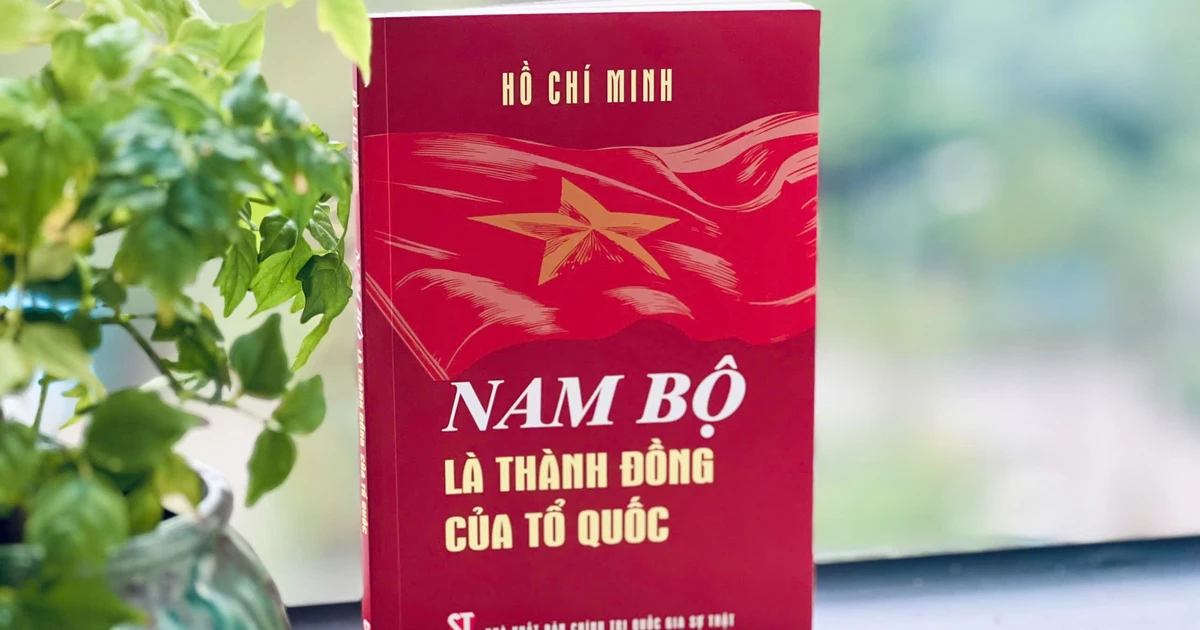
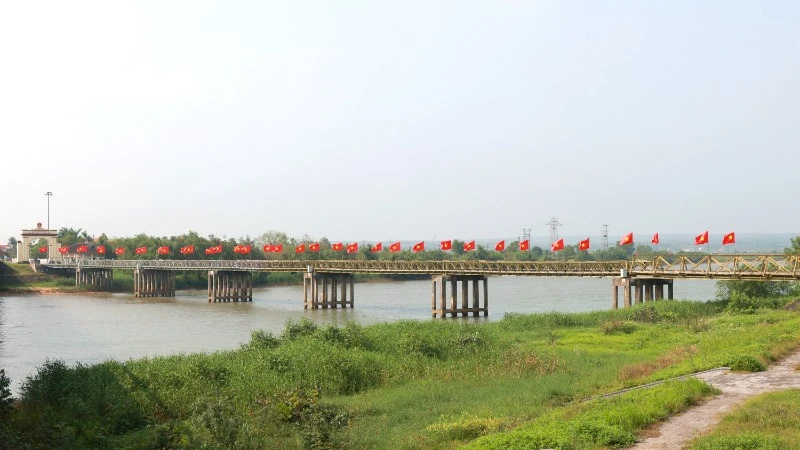
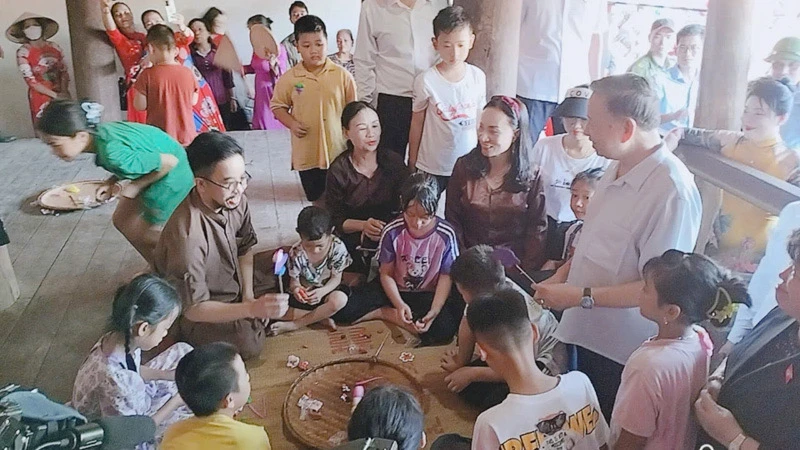



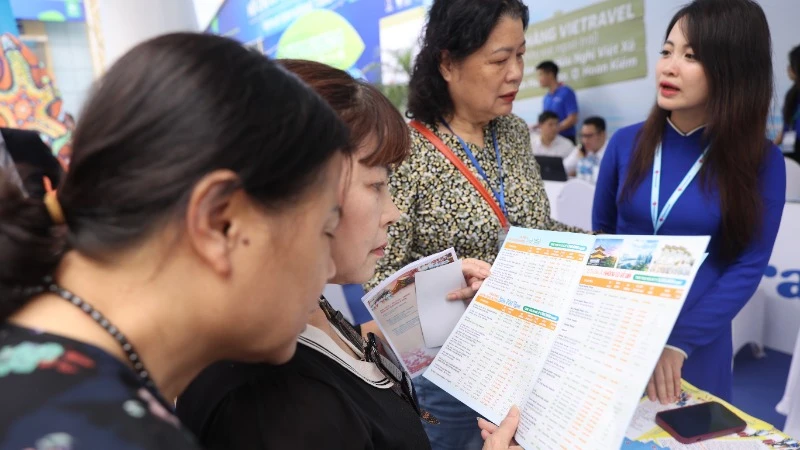

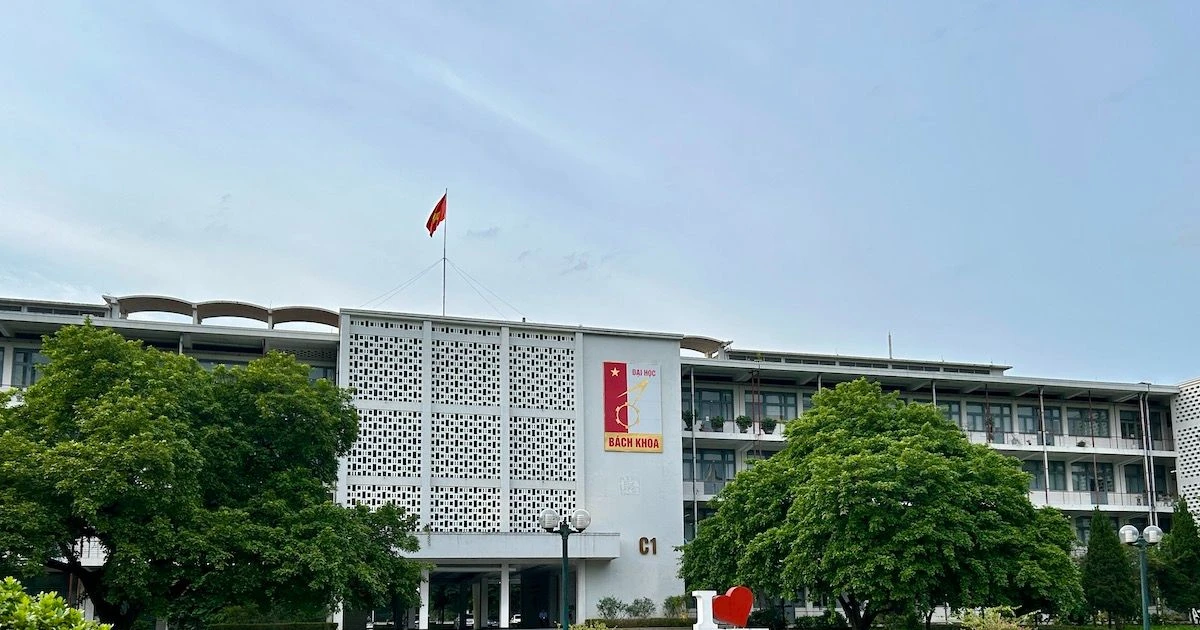



















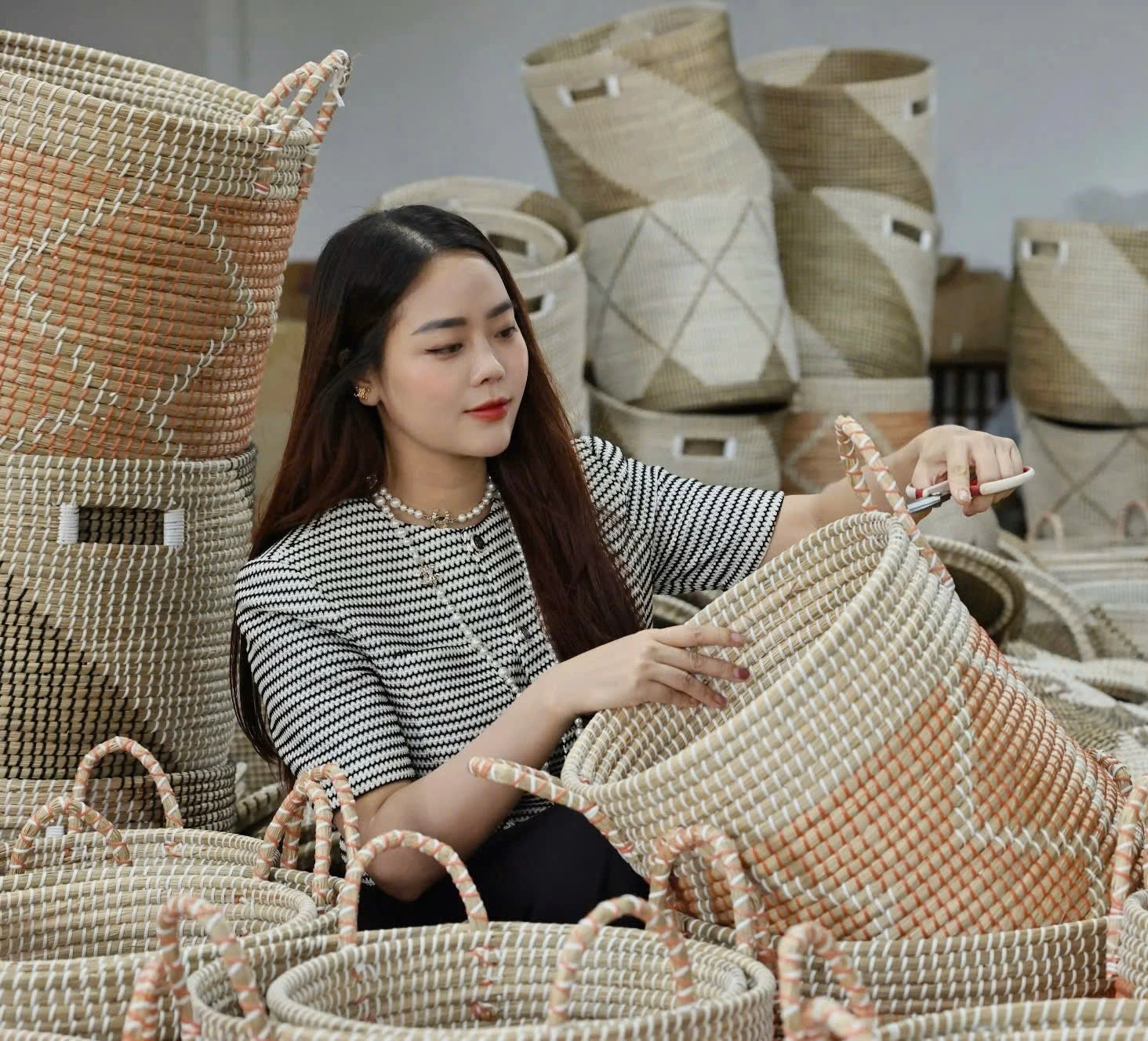
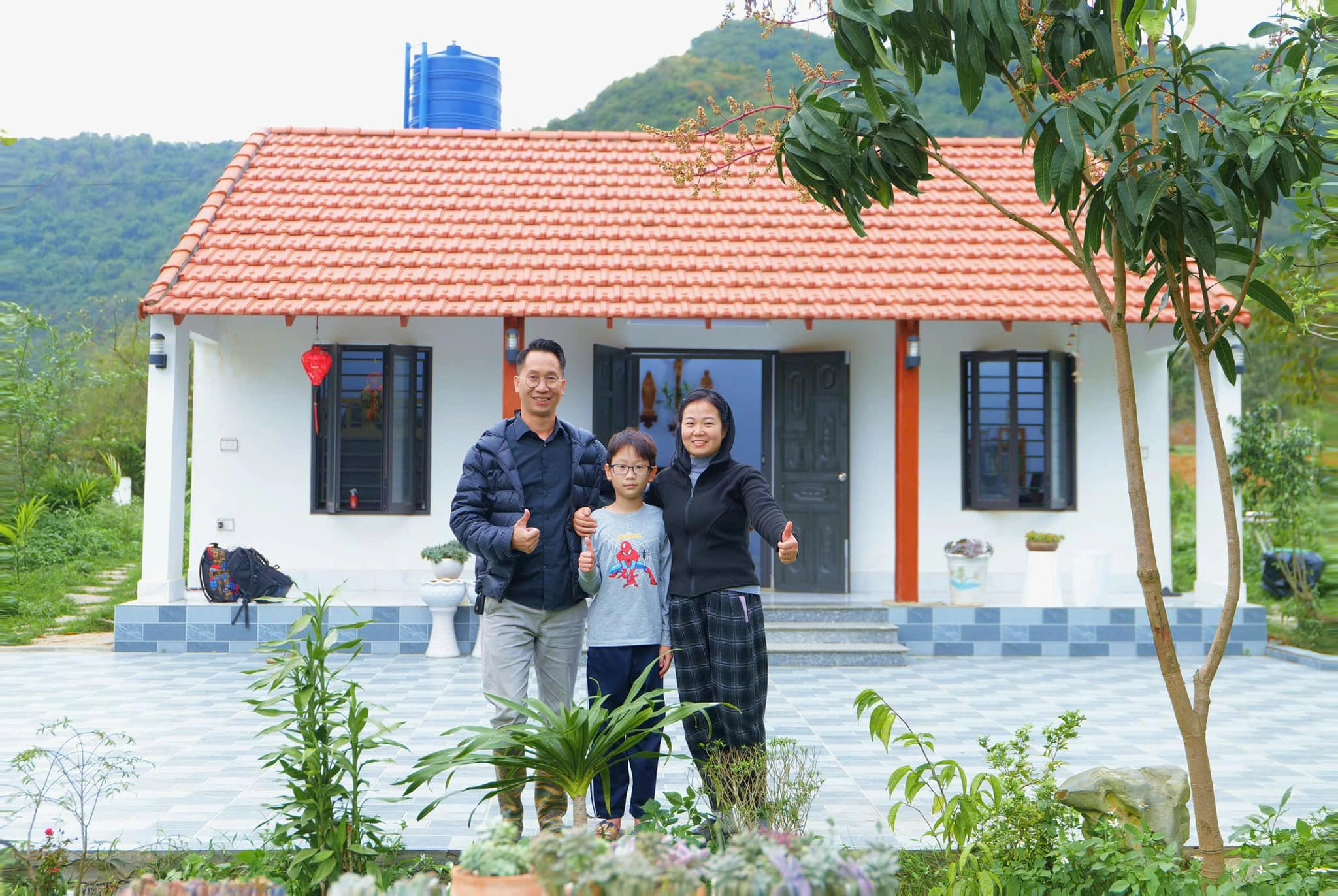

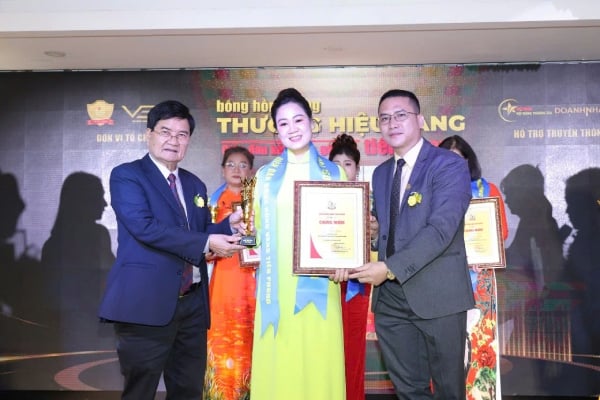



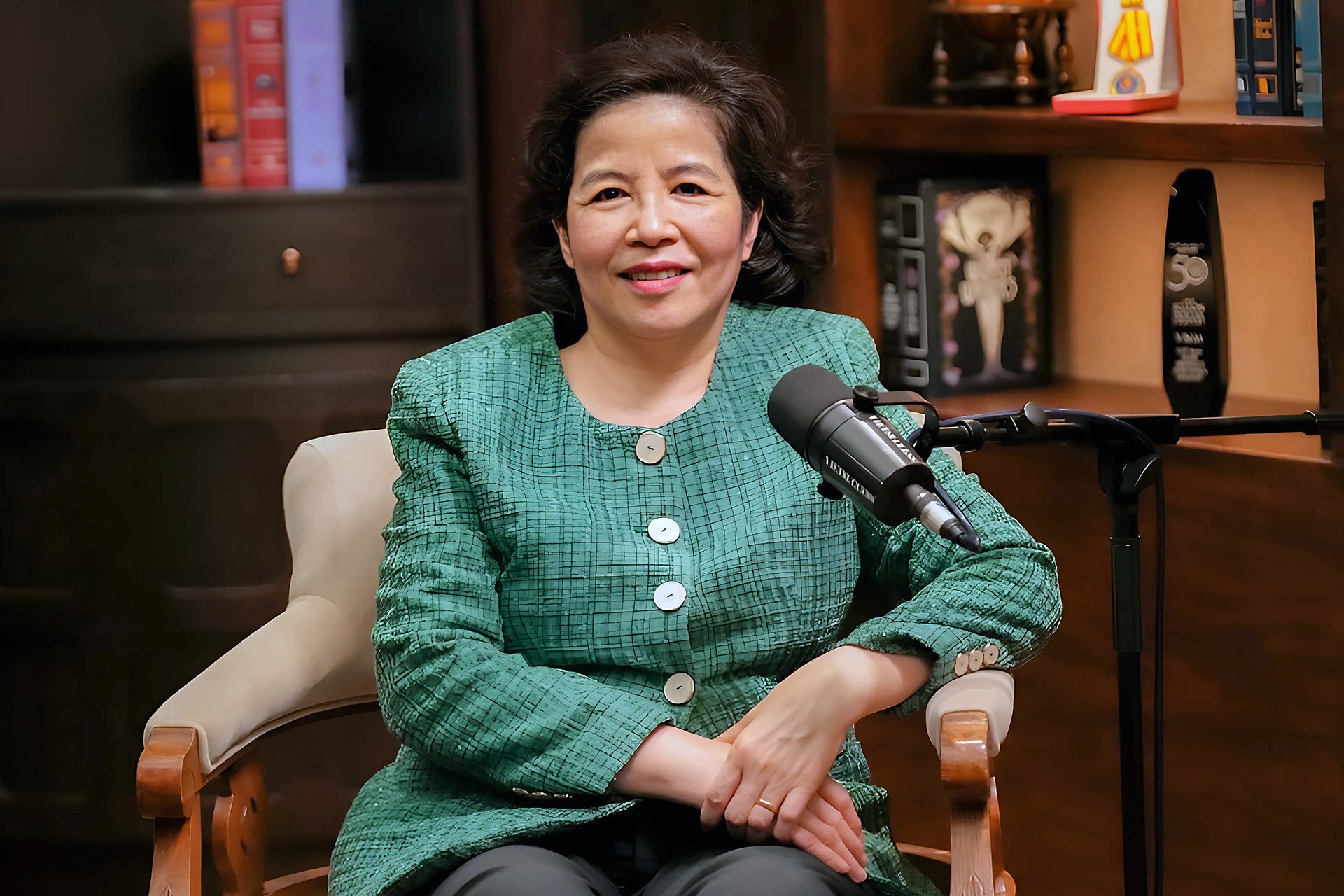
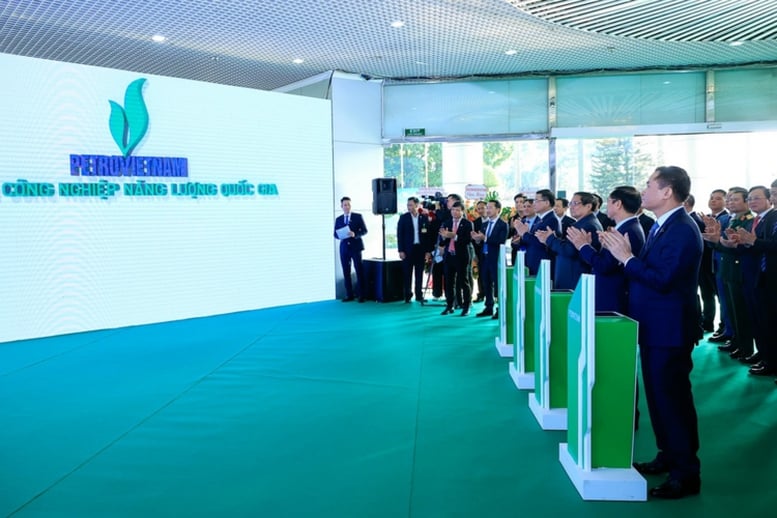




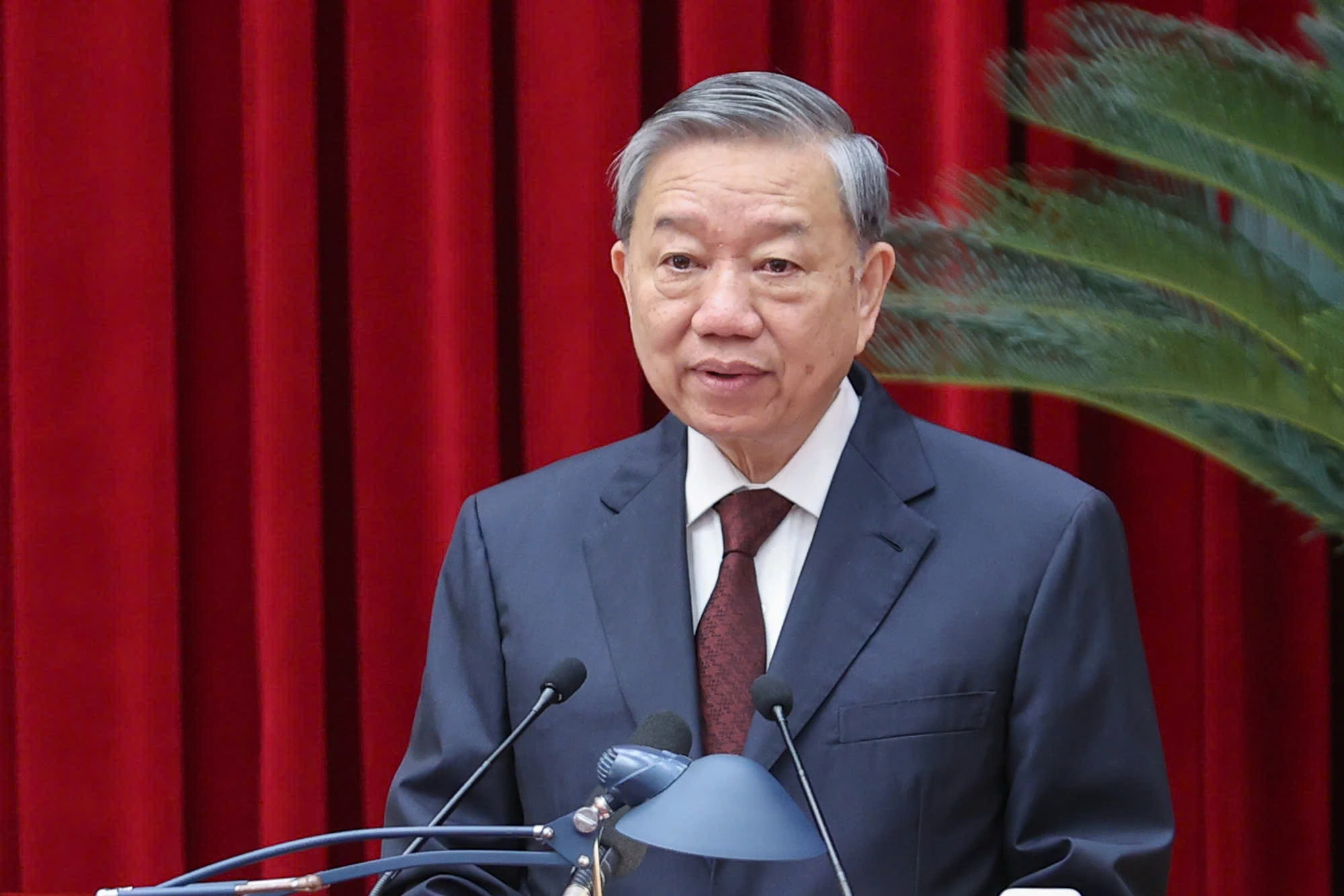


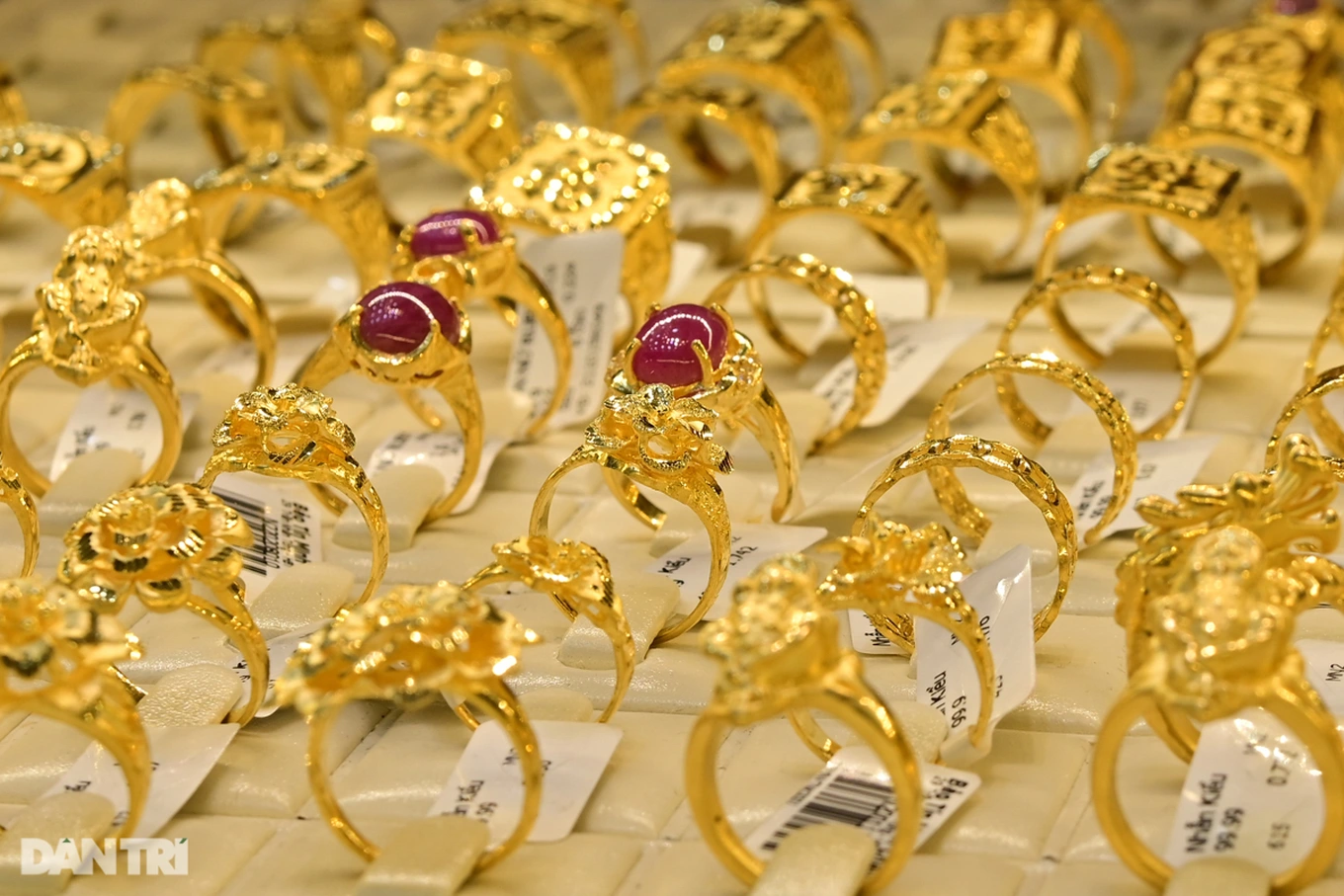


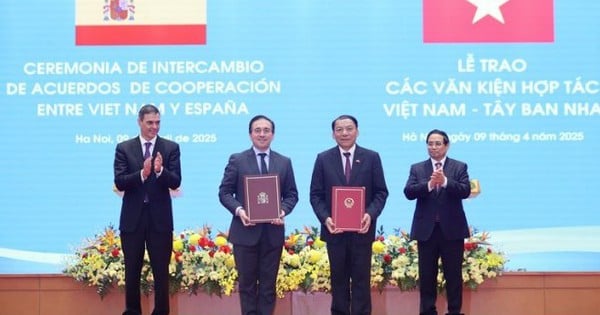


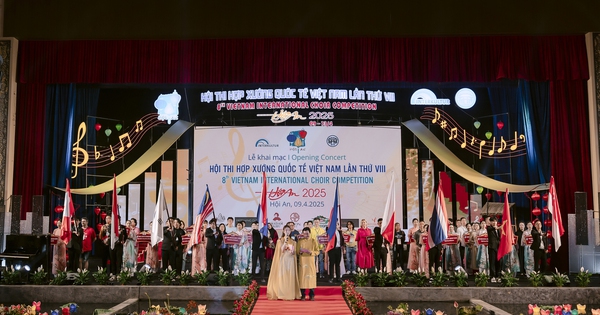
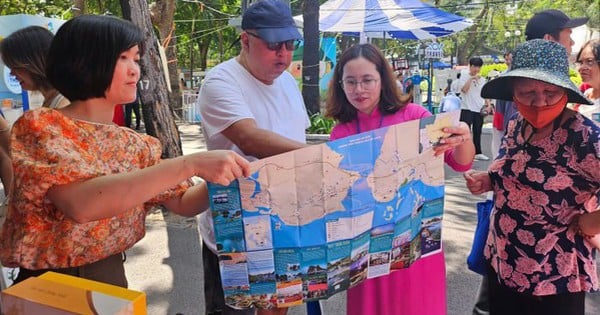
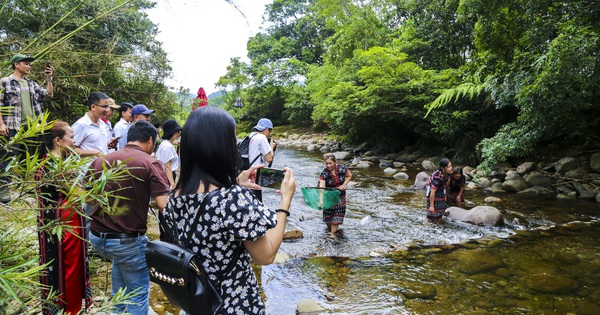
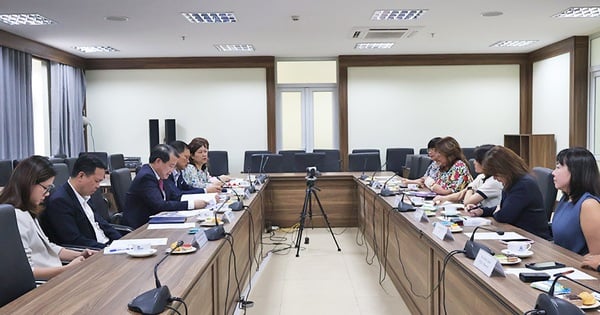




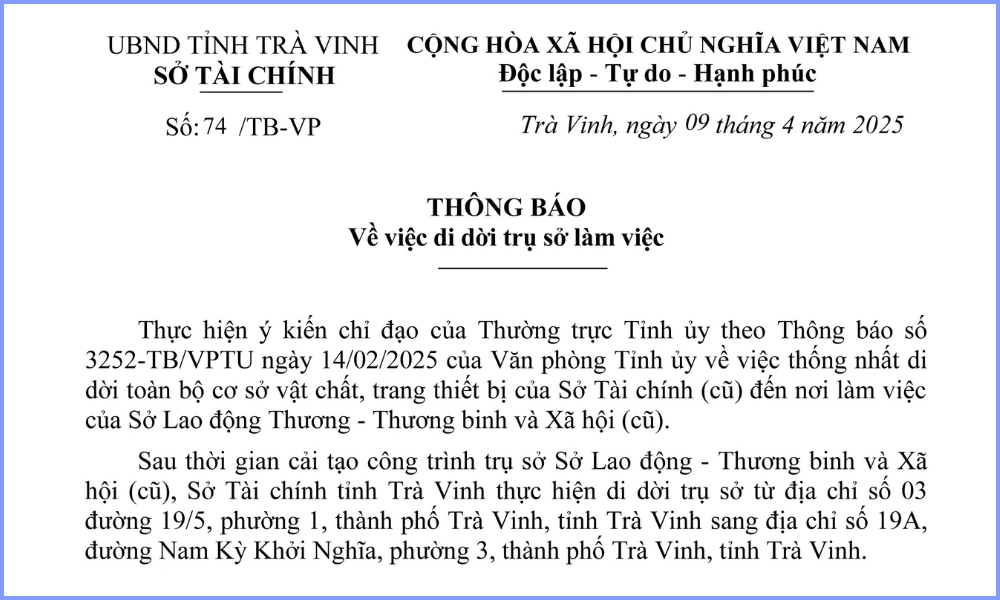

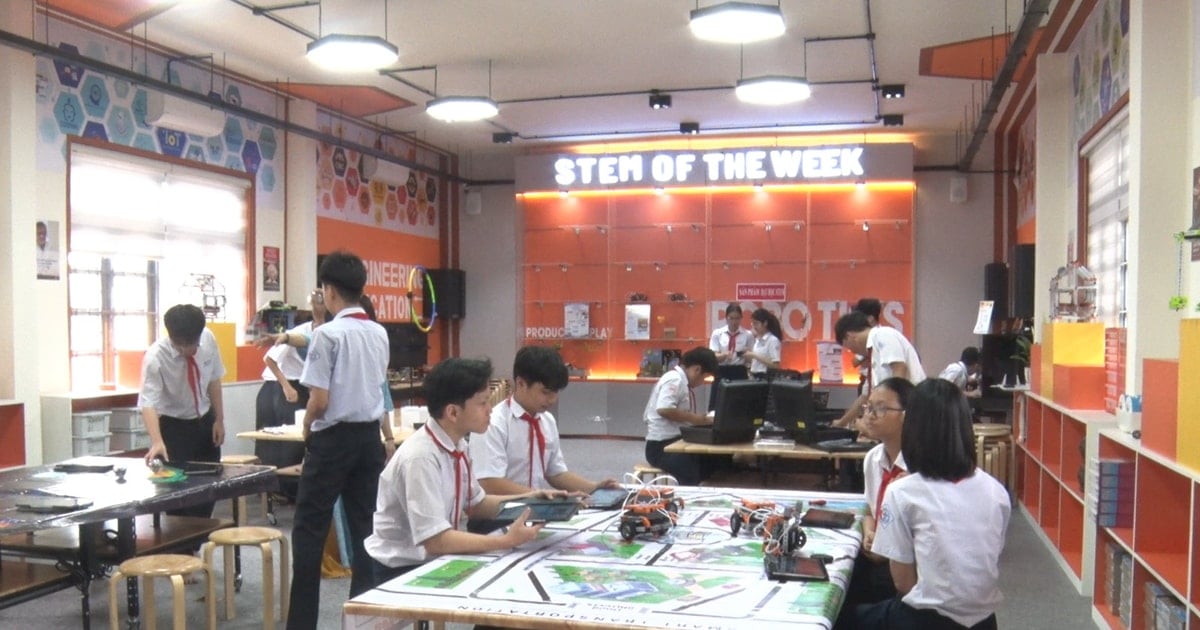

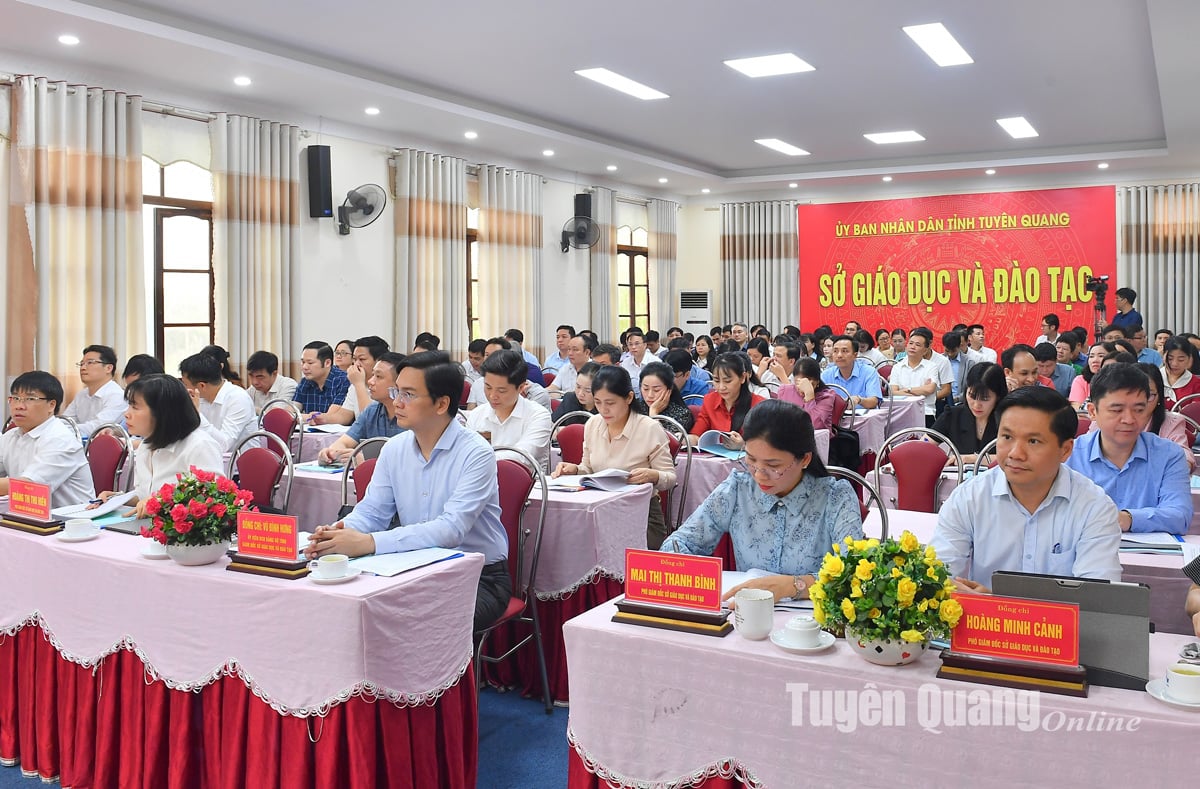

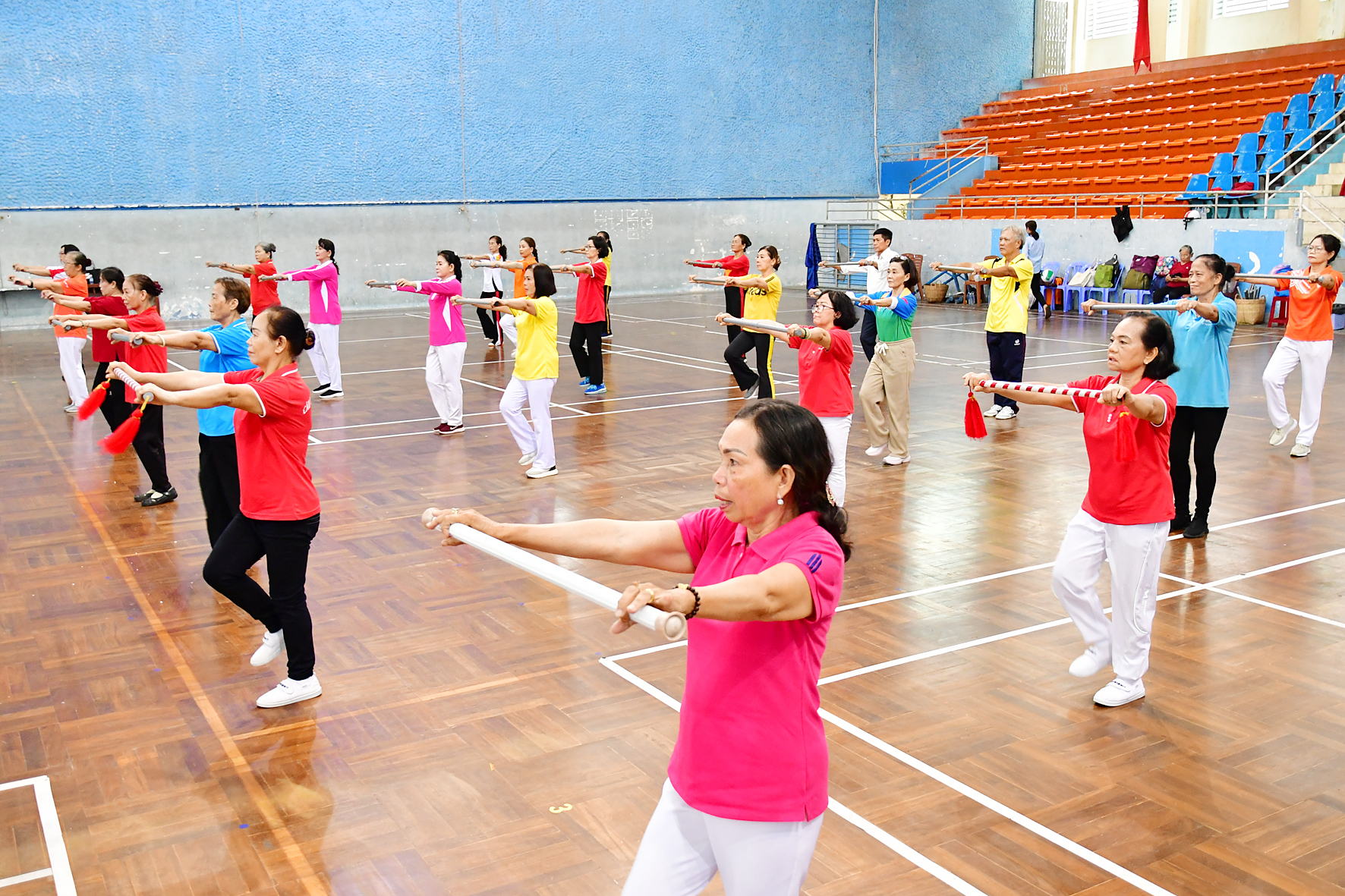


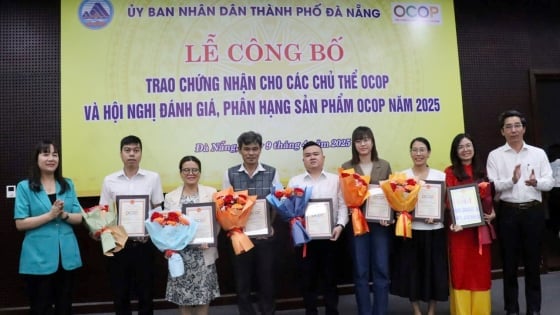



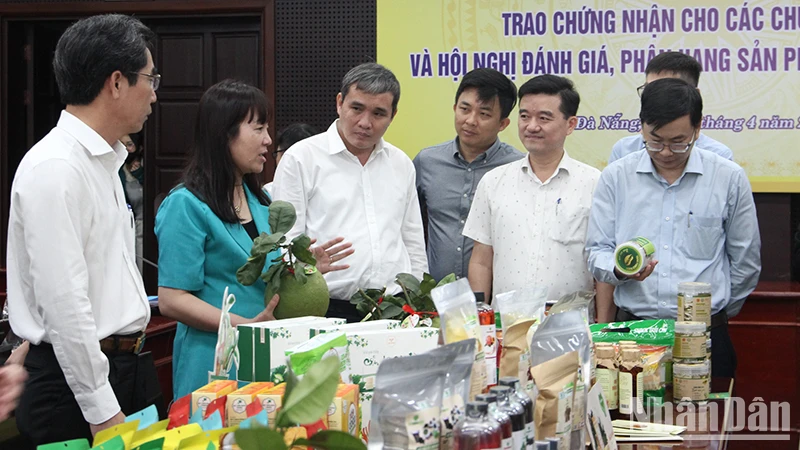

Comment (0)